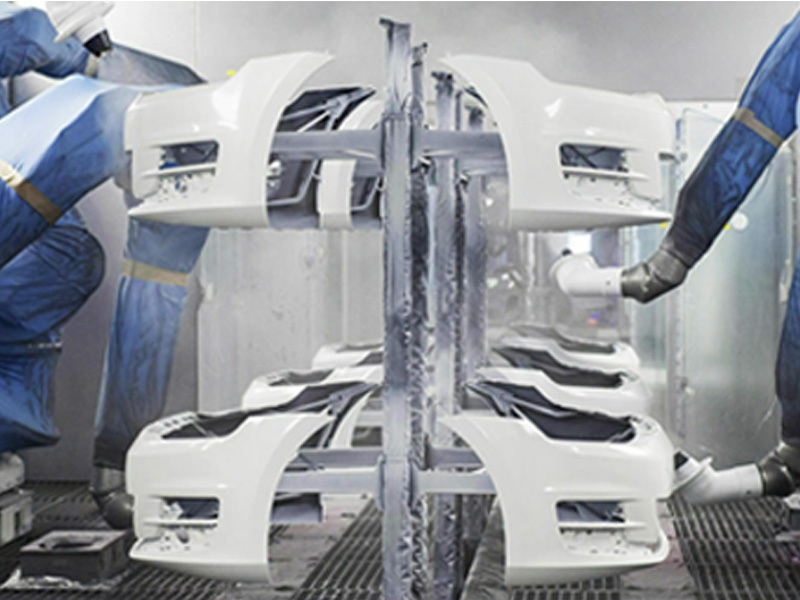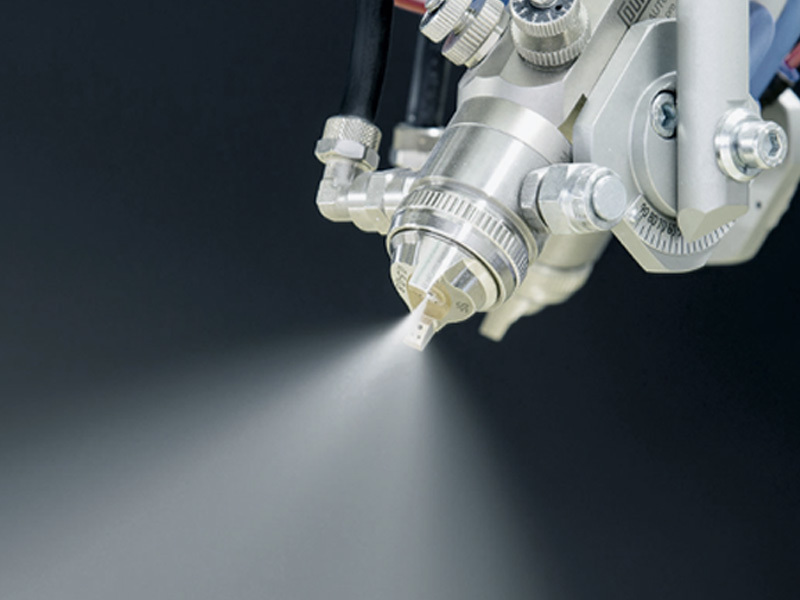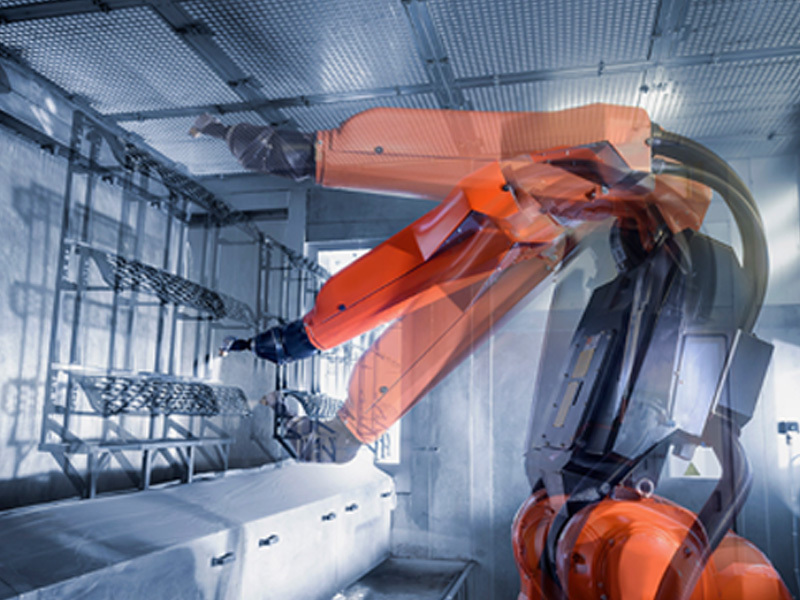Revolutionizing Industrial Coating with Customized Paint Robotic Arms
Release time:
2025-06-21
In the realm of industrial equipment and components, the integration of technology has led to significant advancements in processes and productivity. One such innovation is the use of customized paint robotic arms, which have become a game-changer in the field of coating and spraying applications. These robotic systems are designed to enhance efficiency, consistency, and quality in the painting pr

In the realm of industrial equipment and components, the integration of technology has led to significant advancements in processes and productivity. One such innovation is the use of customized paint robotic arms, which have become a game-changer in the field of coating and spraying applications. These robotic systems are designed to enhance efficiency, consistency, and quality in the painting process, making them an invaluable asset for manufacturers across various industries.
The primary advantage of a customized paint robotic arm is its ability to perform tasks with high precision and repeatability. Traditional painting methods often suffer from human error, leading to inconsistencies in finish quality. In contrast, robotic arms can execute complex spraying patterns and adjust to the contours of various surfaces, ensuring a uniform coat every time. This consistency not only elevates product quality but also reduces wastage of paint materials, contributing to cost savings over time.
Moreover, the flexibility of customized paint robotic arms allows them to handle a wide range of tasks, from simple coating applications to intricate designs. These robots can be programmed to switch between different paint types or colors, making them ideal for manufacturers that produce a variety of products. This adaptability is particularly beneficial in industries such as automotive, aerospace, and consumer goods, where the need for frequent changes in design and color is common.
Another significant benefit of implementing customized paint robotic arms is the enhancement of worker safety. Traditional spray painting processes expose workers to harmful chemicals and fumes, posing health risks. By automating the spraying process, these robotic arms minimize human exposure to hazardous materials, creating a safer work environment. Additionally, they can work in environments that may be unsuitable for human workers, such as confined spaces or areas with extreme temperatures.
The integration of smart technologies into customized paint robotic arms further amplifies their benefits. Many robots are equipped with advanced sensors and machine learning algorithms, enabling them to learn and adapt to their environment in real-time. This capability allows for continuous optimization of the painting process, leading to even greater efficiency and reduced operational costs.
In conclusion, customized paint robotic arms are revolutionizing the industrial coating sector by delivering high precision, versatility, and improved safety. Their ability to adapt to various tasks while maintaining consistent quality makes them an essential component of modern manufacturing processes. As industries continue to evolve, investing in customized robotic solutions will undoubtedly play a crucial role in enhancing operational efficiency and product excellence. Embracing this technology not only streamlines production but also positions businesses to stay competitive in an ever-demanding market.
The primary advantage of a customized paint robotic arm is its ability to perform tasks with high precision and repeatability. Traditional painting methods often suffer from human error, leading to inconsistencies in finish quality. In contrast, robotic arms can execute complex spraying patterns and adjust to the contours of various surfaces, ensuring a uniform coat every time. This consistency not only elevates product quality but also reduces wastage of paint materials, contributing to cost savings over time.
Moreover, the flexibility of customized paint robotic arms allows them to handle a wide range of tasks, from simple coating applications to intricate designs. These robots can be programmed to switch between different paint types or colors, making them ideal for manufacturers that produce a variety of products. This adaptability is particularly beneficial in industries such as automotive, aerospace, and consumer goods, where the need for frequent changes in design and color is common.
Another significant benefit of implementing customized paint robotic arms is the enhancement of worker safety. Traditional spray painting processes expose workers to harmful chemicals and fumes, posing health risks. By automating the spraying process, these robotic arms minimize human exposure to hazardous materials, creating a safer work environment. Additionally, they can work in environments that may be unsuitable for human workers, such as confined spaces or areas with extreme temperatures.
The integration of smart technologies into customized paint robotic arms further amplifies their benefits. Many robots are equipped with advanced sensors and machine learning algorithms, enabling them to learn and adapt to their environment in real-time. This capability allows for continuous optimization of the painting process, leading to even greater efficiency and reduced operational costs.
In conclusion, customized paint robotic arms are revolutionizing the industrial coating sector by delivering high precision, versatility, and improved safety. Their ability to adapt to various tasks while maintaining consistent quality makes them an essential component of modern manufacturing processes. As industries continue to evolve, investing in customized robotic solutions will undoubtedly play a crucial role in enhancing operational efficiency and product excellence. Embracing this technology not only streamlines production but also positions businesses to stay competitive in an ever-demanding market.











